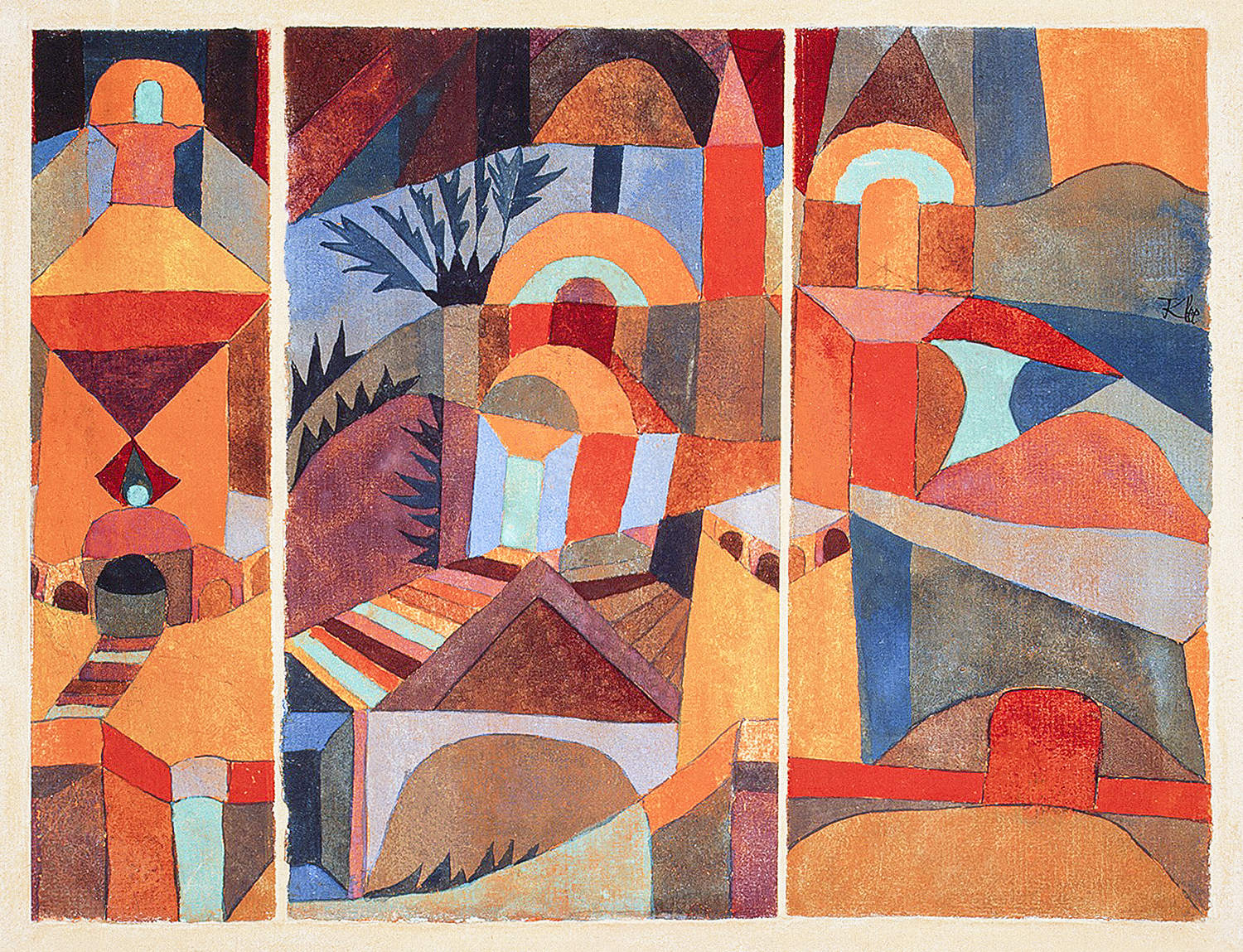The Movement of the Image, from Hans-Georg Gadamer to Paul Klee
Keywords:
Image, Hermeneutics, Instant, Symbols, AngelologyAbstract
H.-G. Gadamer states, in Truth and Method, that the image is “an ontological fact”. This ontology is defined in a dynamic and relational sense, in particular in connection with the notion of Event (Ereignis), under Heidegger’s legacy. Our contribution is aimed at deepening this junction, dealing with the question of the image in the work of the German philosopher, and paying particular attention to the dimension of the symbolic and to the complex relationship between the notions of ‘mediation’ and ‘immediacy’. The image thus appears in the hermeneutical context as a form of movement, i.e. a symbol of the perennial ‘excess’ of meaning in the subject-object relation. This perspective, beyond any mimetic and reductionist view, will be verified in the work of Paul Klee. In fact, the painter offers various iconographic hints that enhance the metamorphic dimension of the figuration. Klee’s bildnerische Denken, in which an original ‘angel-iconology’ emerges, founds a cosmos of images which operate as forces in movement.

Downloads
Published
How to Cite
Issue
Section
License
Copyright (c) 2024 Elephant & Castle

This work is licensed under a Creative Commons Attribution 4.0 International License.





